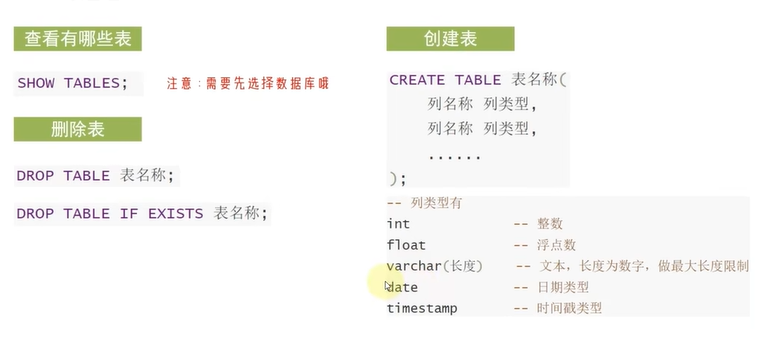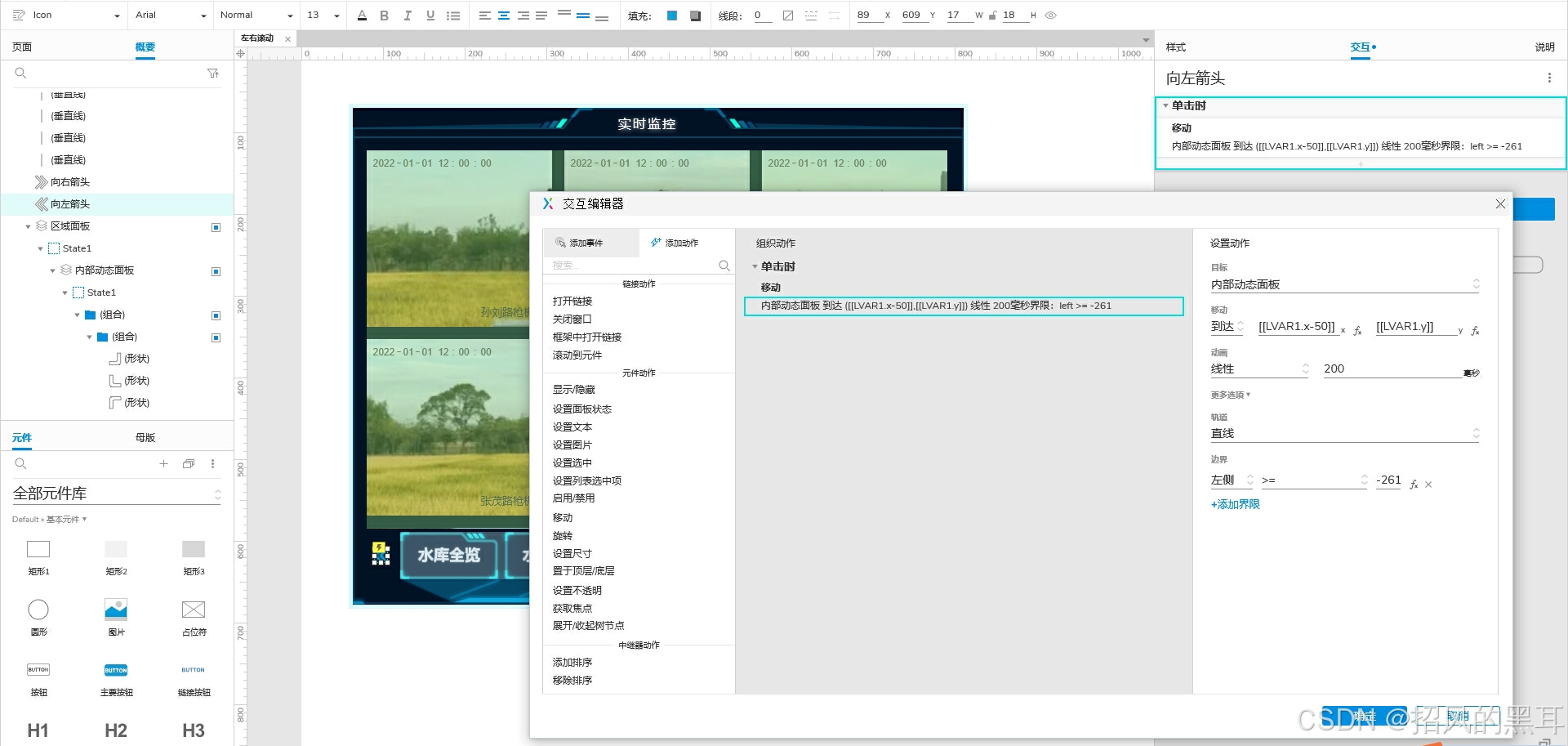在当今数字化时代,获取和处理图像数据已经成为了许多应用程序的核心功能。从社交媒体到电子商务,图像的获取和处理对于用户体验至关重要。下载图片不仅能够丰富我们的内容,还能够通过分析图像数据为我们的应用提供更多价值。然而,尽管下载图片看似简单,实际操作中却常常会遇到各种挑战。本文将带你深入了解如何通过Python从URL下载图片,并解决在这一过程中常见的问题。
1. 常见的图片下载方法
我们通常使用Python的requests库来下载图片。以下是一个常见的下载方法:
import requests
from datetime import datetime
def download_image(url):
print("尝试下载图片...")
try:
response = requests.get(url, stream=True, timeout=10)
if response.status_code == 200:
timestamp = datetime.now().strftime("%Y%m%d%H%M%S")
filename = f"./images/image_{timestamp}.jpg"
with open(filename, 'wb') as file:
#分块下载
for chunk in response.iter_content(1024):
file.write(chunk)
print("图片下载成功, 保存路径为:", filename)
return filename
else:
print("请求失败,状态码:", response.status_code)
return 'error'
except Exception as e:
print("下载图片失败")
print(e)
return 'error'
在这个代码中,我们通过requests.get获取图片,并将其分块写入文件。然而,下载过程可能会失败,尤其是当服务器需要特定的请求头或代理设置时。如果遇到这样的情况,可以尝试在请求中增加headers或设置proxy来解决问题。
headers={}
proxies={}
response = requests.get(url, headers=headers, proxies=proxies,
stream=True, timeout=10)
如果设置请求头和代理后仍然无法下载或者下载的图片如下图所示无法正常显示,接下来就需要考虑使用PIL模块来处理图像。

2. PIL模块下载图片
PIL(Python Imaging Library),现在通常以其分支Pillow的形式存在,是一个强大的图像处理库,使我们能够灵活地处理和操作图像数据。PIL支持多种图像格式,并提供了丰富的图像处理功能,例如图像加载、转换、剪裁、旋转和保存等。通过PIL,我们可以轻松地进行图像格式转换、增强图像效果,以及实现更复杂的图像处理任务。
1. 安装PIL(Pillow)
在开始使用Pillow库之前,首先需要确保它已被正确安装。Pillow是PIL的一个分支,提供了更多的功能和更好的兼容性。你可以通过以下命令使用pip进行安装:
pip install Pillow
2. Pillow的基本API示例
Pillow提供了强大的图像处理功能,以下是一些常用的基本API示例:
-
打开图像:
from PIL import Image image = Image.open("image.png") -
显示图像:
image.show() -
获取图像尺寸:
width, height = image.size print(f"宽度: {width}, 高度: {height}") -
图像旋转:
rotated_image = image.rotate(90) rotated_image.show() -
保存图像:
image.save("new_image.jpg")
3. 使用PIL下载和处理图片
接下来,我们将使用Pillow下载并处理图片。以下是一个使用Pillow下载图片的完整示例代码:
import requests
from datetime import datetime
from PIL import Image
import io
headers={}
def download_image_with_pil(url):
print("尝试下载图片...")
try:
# 发送请求获取图片数据
response = requests.get(url, headers=headers, stream=True, timeout=100)
image_data = response.content
# 使用PIL处理下载的图片
image = Image.open(io.BytesIO(image_data))
# 根据当前时间生成文件名
timestamp = datetime.now().strftime("%Y%m%d%H%M%S")
filename = f"./images/image_{timestamp}.png"
# 保存图片
image.save(filename)
print("图片下载成功, 保存路径为:", filename)
return filename
except Exception as e:
print("下载图片失败")
print(e)
return 'error'
在这个示例中,我首先发送请求获取图片数据,并使用Image.open()方法处理下载的图片数据。io.BytesIO()将字节流转换为可处理的图像对象。接着,我根据当前时间生成文件名并将图片保存为PNG格式。
使用Pillow的优势在于它能够自动处理多种图像格式,并提供丰富的图像操作功能。不过,在使用Pillow下载图片时,可能会遇到一个错误:“cannot write mode RGBA as JPEG”。这需要我们对这种情况进行深入分析和处理。
3. 解决“cannot write mode RGBA as JPEG”问题
在使用PIL下载图片时,可能会出现“cannot write mode RGBA as JPEG”的错误。这通常是因为我们试图将RGBA模式的图像保存为JPEG格式,而JPEG格式不支持透明度信息。
1. 图像模式简介
在Pillow中,图像可以有多种模式,常见的包括:
- RGB:红绿蓝模式,适合存储不含透明度的彩色图像。
- RGBA:红绿蓝加透明度(Alpha),此模式适合存储带有透明背景的图像。
- L:灰度模式,适合存储黑白图像。
- P:调色板模式,使用调色板来定义颜色,适用于小图像或图标。
要解决保存图像时遇到的问题,可以在保存之前将图像从RGBA模式转换为RGB模式。以下是解决方案的代码片段:
if image.mode == 'P' or image.mode == 'RGBA':
image = image.convert('RGB')
此外,你还可以选择将文件保存为PNG格式,以保留透明度信息。这种格式支持RGBA模式,因此可以更好地处理透明图像。修改后的代码如下:
headers={}
def download_image_with_pil(url):
print("尝试下载图片...")
try:
response = requests.get(url, headers=headers, stream=True, timeout=100)
image_data = response.content
image = Image.open(io.BytesIO(image_data))
timestamp = datetime.now().strftime("%Y%m%d%H%M%S")
filename = f"./images/image_{timestamp}.jpg"
# 检查图像模式并转换
if image.mode == 'P' or image.mode == 'RGBA':
image = image.convert('RGB')
image.save(filename)
print("图片下载成功, 保存路径为:", filename)
return filename
except Exception as e:
print("下载图片失败")
print(e)
return 'error'
通过这些简单的修改,我们不仅解决了下载过程中可能遇到的问题,还确保了图像的完整性。
从URL下载图片的过程虽然看似简单,但在实际应用中可能会面临许多挑战。通过灵活运用requests库和PIL模块,我们可以有效地应对这些问题。



















